
5 Signs of Appendicitis You Should Not Ignore
1. Abdominal pain is a sign of appendicitis
Most patients with appendicitis have abdominal pain. The pain usually appears around the navel, sometimes painful, sometimes not, sometimes dull, sometimes severe. After several hours, the pain gradually increases and moves to the lower right side of the lower abdomen (right iliac fossa). At this time, the pain is severe and increasingly severe. When pressing on the location of the appendix with your hand, or when coughing and moving, the pain will increase. Appendicitis often causes random pain, from many different locations in the abdomen, most commonly around the navel.
2. Nausea, vomiting, loss of appetite are signs of appendicitis
Appendicitis pain is accompanied by signs of digestive disorders. Patients will often feel nauseous, vomiting after having abdominal pain. Digestive problems in general cause digestive activity to be interrupted. The digestive system has problems, so the body feels nauseous, loss of appetite.
3. Fever is a sign of appendicitis
Appendicitis often causes a mild fever. The fever reaction indicates that the body is infected. Initially, the patient only has a slight fever, then gradually increases. The symptoms of mild fever (usually from 38 - 38.5 degrees Celsius) accompanied by chills and shivering are the body's reactions to infection. The patient may be infected in the surrounding areas of the abdomen.
A fever of up to 38 degrees is a normal reaction when the body reacts to an infectious agent. However, a fever higher than 40 degrees can be a warning sign of peritonitis due to a perforated appendix causing a severe infection. Along with the fever, the patient will also have shivering and chills. This condition requires being taken to the hospital for timely treatment.
4. Stomach rumbling, vomiting, diarrhea, constipation accompanied by flatulence, digestive disorders are signs of appendicitis
Appendicitis pain causes intestinal motility to not be steady. This causes severe prolonged diarrhea.
Digestive disorders are accompanied by symptoms such as: loss of appetite, nausea, prolonged vomiting, stomach rumbling, loss of appetite or diarrhea. In which, the most common symptom of appendicitis is loss of appetite, loss of appetite. It is worth noting that the sign of loss of appetite almost always appears in all cases of the disease. If this type of disorder is prolonged, it can cause the patient to become physically weak, dehydrated, sick, and pale.
The order of signs will appear: Loss of appetite - Pain - Vomiting. In case the patient vomits before other signs occur, it should be considered carefully.
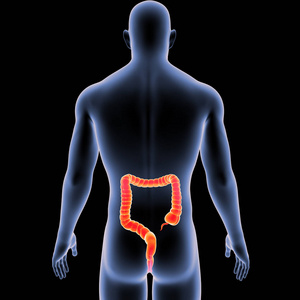
5. Abdominal distension, frequent urination, and bladder pain are signs of appendicitis
A stiffened abdominal wall is one of the signs of appendicitis. Infection from the appendix affects the body's excretion process. This is one of the warning signs that the disease is progressing seriously and needs to be examined immediately
News in the same category


Why You Keep Waking Up Between 3 and 4 AM - 4 Health Issues Your Body May Be Signaling

Indoor Air Quality: 6 Common Household Items That May Affect Your Lungs — And How to Use Them Safely

5 common mistakes when using yogurt that can be harmful to your health that you may not know
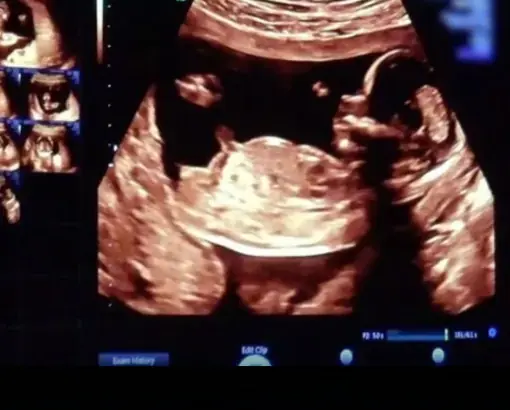
Scientists May Have Actually Found One Of The Causes Of Autism
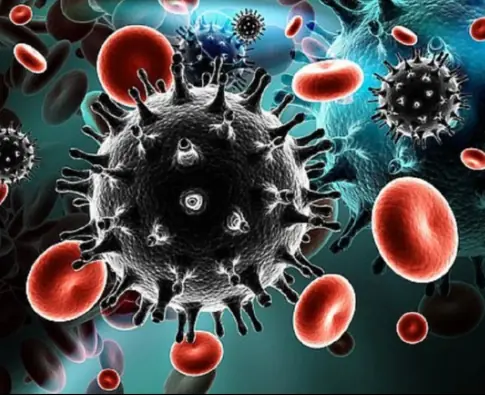
Itching in 9 Areas: A Warning Sign of Malignant Tumors, Number 7 Is the Most Common
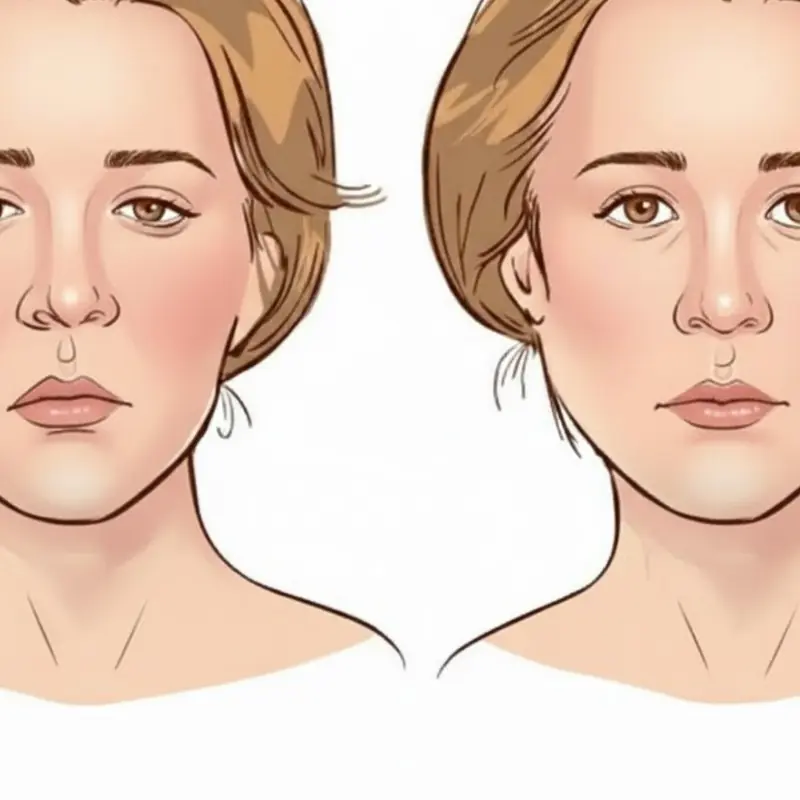
Doctors Warn: Stroke May Present a Subtle Early Sign Up to Three Months Before It Occurs
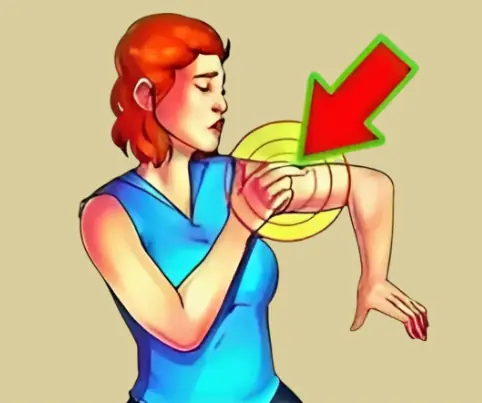
7 Signs of Mini Stroke in The Elderly

8 Early Warning Signs Of Ovarian Can:cer You Shouldn’t Ignore

What Does It Mean When You Dream About Someone Close Who’s Died?

5 Alarming Stroke Warning Signs to Watch for in Young People

What Are Eye Floaters? Here What To Do If you Start Seeing Them, According to an Eye Doctor

36-Year-Old Teacher Dies From Diabetes Doctors Say Was Triggered By Everyday Foods

Discover Love in the Little Things: Everyday Connections
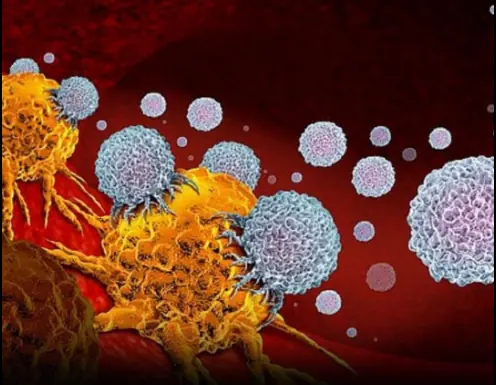
Itching in 9 Areas: A Warning Sign of Malignant Tumors, Number 7 Is the Most Common

The Hidden Danger Hour: Doctors Warn Sleeping at This Time Could Trig:ger 4 Serious Health Problems

Why Many Modern Hotels Use Transparent Glass Bathrooms - The Real Reasons Behind the Design
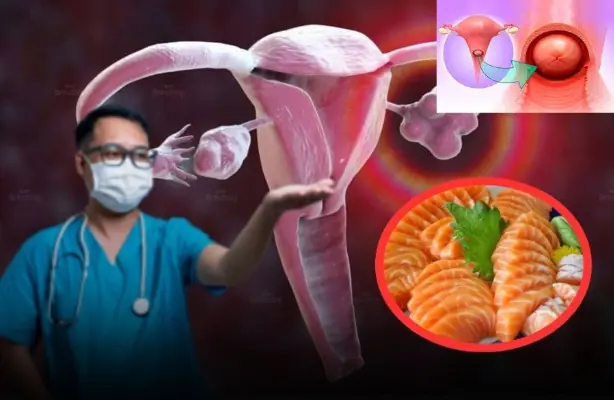
3 “Golden” Foods That Help Women During Menopause
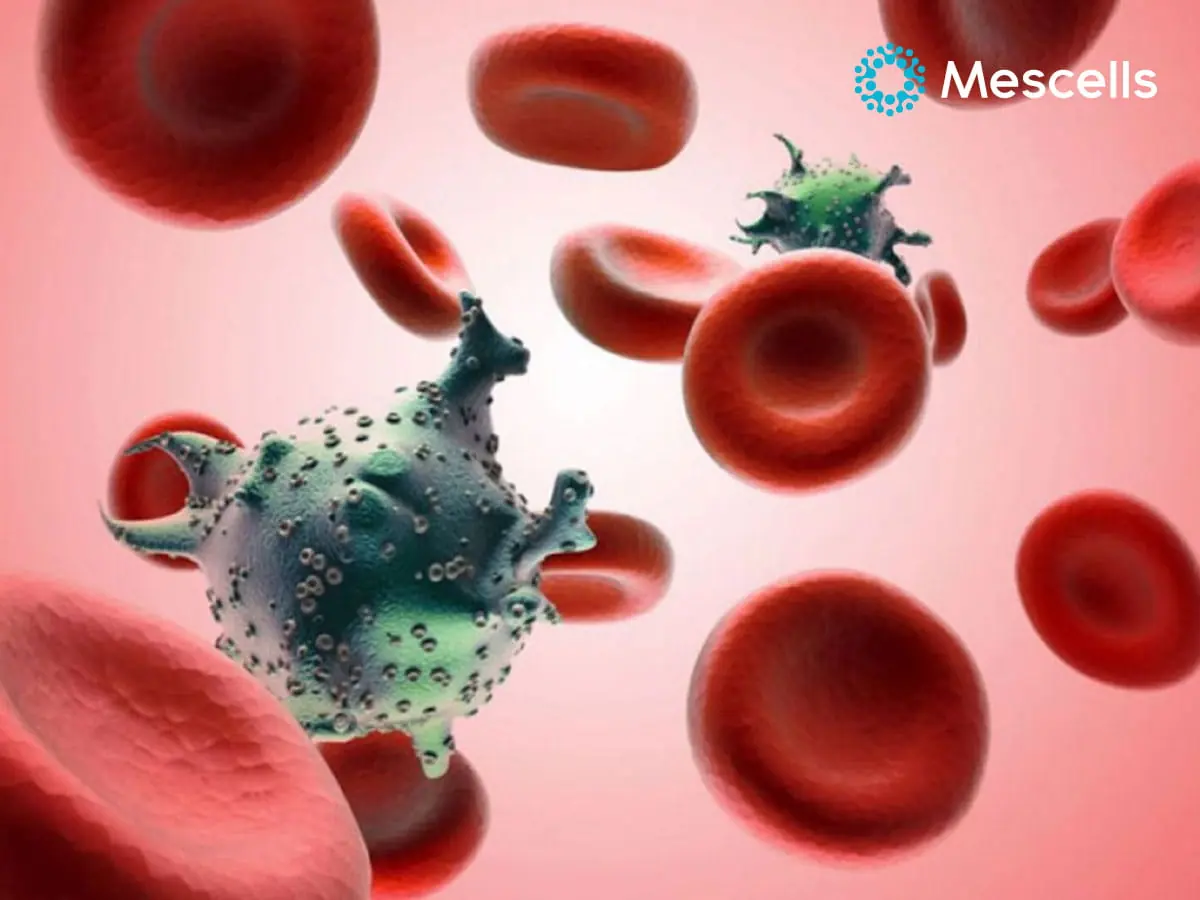
8 foods that ki.ll can.cer cells

Your body can sometimes show early signs of cardiovascular stress
News Post

Tomato Basil Bruschetta

Mediterranean Tortellini Pasta Salad

Swollen Feet? Don’t Ignore This Clear Red Flag — Here’s What It Really Means

Doctors Reveals That Eating Apples Causes

How to Deep-Clean Bed Pillows and Restore Them to Cloud-Like Freshness—Naturally

Why You Keep Waking Up Between 3 and 4 AM - 4 Health Issues Your Body May Be Signaling

Indoor Air Quality: 6 Common Household Items That May Affect Your Lungs — And How to Use Them Safely

What are the health consequences of dehydration?

5 common mistakes when using yogurt that can be harmful to your health that you may not know

Scientists May Have Actually Found One Of The Causes Of Autism

Itching in 9 Areas: A Warning Sign of Malignant Tumors, Number 7 Is the Most Common

Doctors Warn: Stroke May Present a Subtle Early Sign Up to Three Months Before It Occurs

7 Signs of Mini Stroke in The Elderly

8 Early Warning Signs Of Ovarian Can:cer You Shouldn’t Ignore

What Does It Mean When You Dream About Someone Close Who’s Died?

5 Alarming Stroke Warning Signs to Watch for in Young People

What Are Eye Floaters? Here What To Do If you Start Seeing Them, According to an Eye Doctor

36-Year-Old Teacher Dies From Diabetes Doctors Say Was Triggered By Everyday Foods

Discover Love in the Little Things: Everyday Connections
